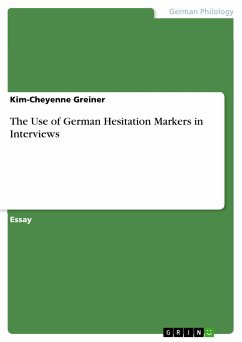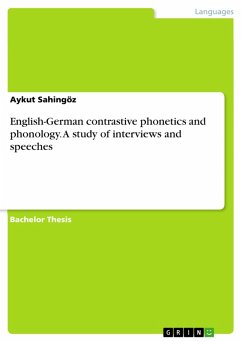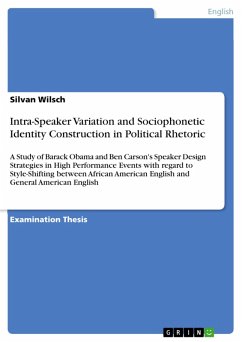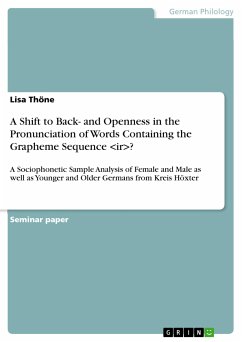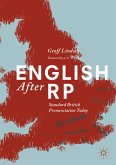Essay from the year 2015 in the subject German Studies - Linguistics, grade: 1.3, University of Freiburg (Philologische Fakultät), language: English, abstract: This paper presents findings from an experimental interview study exploring the usage of German hesitation markers by native speakers aged nineteen to thirty-one. With limited research on this topic, the study investigates factors influencing hesitation marker frequency, including gender, topic type (casual vs. non-casual), and speaker familiarity. Twenty-nine participants were interviewed on various prepared questions, followed by an online perception study assessing how hesitation markers influence perceived masculinity and potential professions. Results indicate that males tend to use hesitation markers, such as "ähm," "öhm," "äh," and "öh," more frequently. Additionally, hesitation marker distribution is slightly higher for casual topics and when interacting with well-known friends. Pauses occur more with male speakers, non-casual topics, and distant speaker-interviewer proximity. Lengthened vowels, another hesitation marker, are more common among males, for casual topics, and with distant proximity. The perception study supports the notion that the use of hesitation markers is perceived as less masculine. Ambiguities in the findings underscore the complexity of this linguistic phenomenon. This paper offers valuable insights into German hesitation markers, shedding light on their nuanced usage and the influence of gender, topic, and speaker familiarity. Readers intrigued by language and sociolinguistics will find this study a compelling exploration of communication patterns among German native speakers.
Dieser Download kann aus rechtlichen Gründen nur mit Rechnungsadresse in A, B, BG, CY, CZ, D, DK, EW, E, FIN, F, GR, HR, H, IRL, I, LT, L, LR, M, NL, PL, P, R, S, SLO, SK ausgeliefert werden.

